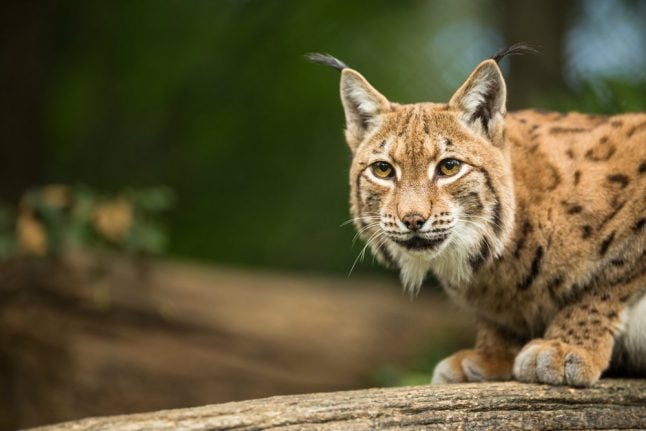The footage shows a raccoon passing in front of Zurich’s Restaurant Opera in the city’s Seefeld district before scuttling down a street to the surprise of onlookers.
“I was walking behind the opera house when I saw the animal waddle behind a chair,” Michael Hill, who took the video, told The Local.
“Within a second, I realised it was a raccoon and I took out my phone and started walking towards it and filming. Then it ran off,” said the 41-year-old who is now based in Zurich but has previously spent time in the US, where he saw the animals.
“It was totally taken aback. It was so weird. I didn't even know there were raccoons in Zurich, and I had to go online afterwards to check,” he said.
It was a rare sighting of the animal in the city of Zurich but such occurrences are becoming more frequent.
“We are getting more and more reports from hunters about raccoons in the forest or in populated areas and we have to assume there are more in the city too,” Jürg Zinggeler from the canton of Zurich’s hunting and fishing authorities told the Tages Anzeiger newspaper.
Zinggeler said that a hunter had killed a raccoon in the city a month before the recent sighting in Seefeld. He said this was the correct procedure as the mammals, which originate from Northern America, are classified as an invasive species in Switzerland
Raccoons first arrived in Switzerland in the 1960s after being released into the wild in Germany in 1934. The German population has grown to around one million animals, and the animals are present in many German cities.
They can cause plenty of damage to homes when they nest or live in roofs.
.jpg)
The orange dots represent pre-2000 raccoon sighting and the orange dots post-2000 sightings. Image: CSCF/Swisstopo
The population has not grown rapidly in Switzerland for reasons that are not clear. But Zinggeler says it could be because the animal’s population in Germany was allowed to grow too large before attempts were made to stop the spread.
The mammals are not dangerous to humans unless they feel threatened. They will then defend themselves,Lukas Handschin from Zurich city authorities told the 20 Minuten news site.
Read also: Brown bear strolls across Swiss ski slope



 Please whitelist us to continue reading.
Please whitelist us to continue reading.